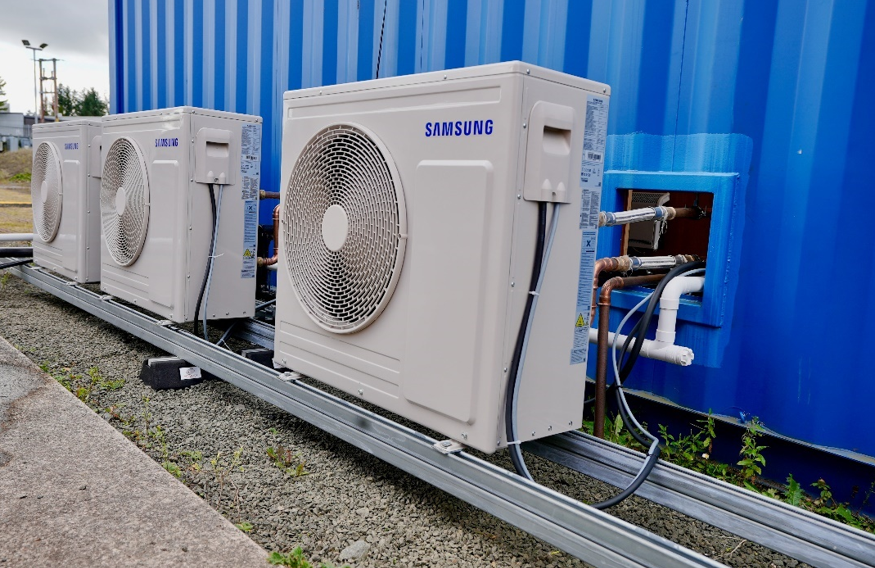Of the record 473GW added in 2023, 81 per cent of newly commissioned, utility-scale renewable projects had lower costs than their fossil fuel-fired alternatives. As such, renewables remain competitive despite fossil fuel prices returning closer to historical cost levels, concludes Renewable Power Generation Costs in 2023, released by the International Renewable Energy Agency (IRENA).
With a “spectacular decline” in costs to around four US cents per KWh in just one year, solar PV’s global costs in 2023 were 56 per cent lower than fossil fuel and nuclear options. Overall, the renewable power deployed globally since 2000 has saved up to $409bn in fuel costs in the power sector.
IRENA’s director-general Francesco La Camera said: “Renewable power remains cost-competitive vis-à-vis fossil fuels. The virtuous cycle of long-term support policies has accelerated renewables. In return, growth has led to technology improvements and cost reductions. Prices for renewables are no excuse anymore, on the contrary. The record growth of renewables in 2023 exemplifies this. Low-cost renewables represent a key incentive to significantly increase ambition and triple renewable power capacity by 2030, as modelled by IRENA and set by the UAE Consensus at COP28”.
Achieving the tripling renewables target requires global renewable capacity to reach 11.2TW by 2030, adding an average of 1044GW of new capacity annually through 2030. 8.5TW would come from solar PV and onshore wind alone according to IRENA’s World Energy Transitions Outlook. Most importantly, the tripling goal must be accompanied by key energy transition enablers, such as storage. Battery storage project costs have dropped by 89 per cent between 2010 and 2023, facilitating the integration of high shares of solar and wind capacity by helping address grid infrastructure challenges.
© 2019 Perspective Publishing Privacy & Cookies







Recent Stories